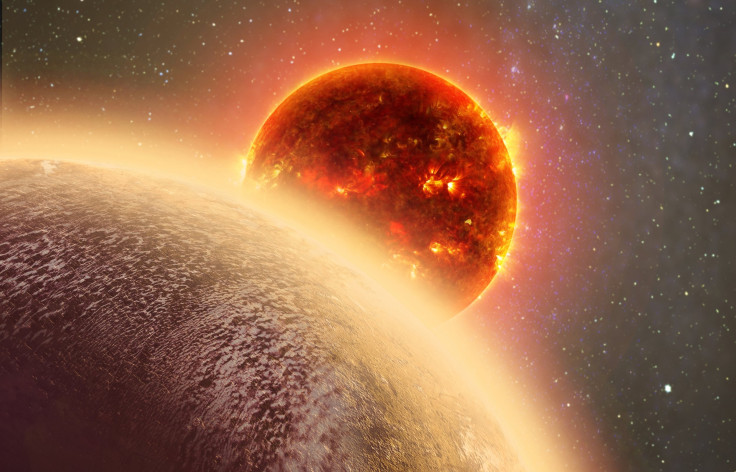Venus-Like Exoplanet GJ 1132b Might Possess Thin Oxygen Atmosphere, But Not Life

Astronomers believe that distant exoplanet GJ 1132b, which was discovered last year, might have an atmosphere despite being an extremely hot world with a temperature of nearly 450 degrees Fahrenheit. While there are still uncertainties about whether the planet’s atmosphere is thick or thin, a new study suggests that the latter is more likely.
Located 39 light-years from Earth, GJ 1132b — it once likely had a water-reach atmosphere — orbits its star at a close distance of only 1.4 million miles. Because of its close proximity to the star, the planet is flooded with ultraviolet or UV light, which breaks apart the water molecules into hydrogen and oxygen. Although both gases then can be lost into space, hydrogen escapes more quickly because of its lighter weight.
“On cooler planets, oxygen could be a sign of alien life and habitability,” Laura Schaefer, an astronomer at Harvard-Smithsonian Center for Astrophysics, said in a statement. “But on a hot planet like GJ 1132b, it's a sign of the exact opposite - a planet that's being baked and sterilized.”
Researchers believe that GJ 1132b would have a strong greenhouse effect, intensifying its star’s already strong heat, which likely helped the planet’s surface remain molten for millions of years. According to the study, published in The Astrophysical Journal, 90 percent of the atmospheric oxygen streams off into space while about one-tenth of it is likely absorbed by a “magma ocean.”
However, researchers said that some amount of oxygen might linger, and if that really happens, next-generation telescopes like the Giant Magellan Telescope and James Webb Space Telescope may be able to detect and analyze it.
Scientists also expect the findings of the study to help astronomers better understand how Venus evolved over time. Venus is believed to have formed out of ingredients similar to Earth’s, but the missing sings of lingering oxygen still baffles astronomers.
“In our own solar system, Venus may have experienced the loss of a similar steam-rich atmosphere as posited here for GJ 1132 b, but with nearly 10 times less stellar insolation, the escape rates from Venus should have been much lower and magma ocean cooling should have been much faster. Future application of this model to Venus may help confirm whether an early magma ocean could have taken up the O2 produced by atmospheric loss,” researchers said in the study.
© Copyright IBTimes 2024. All rights reserved.






















